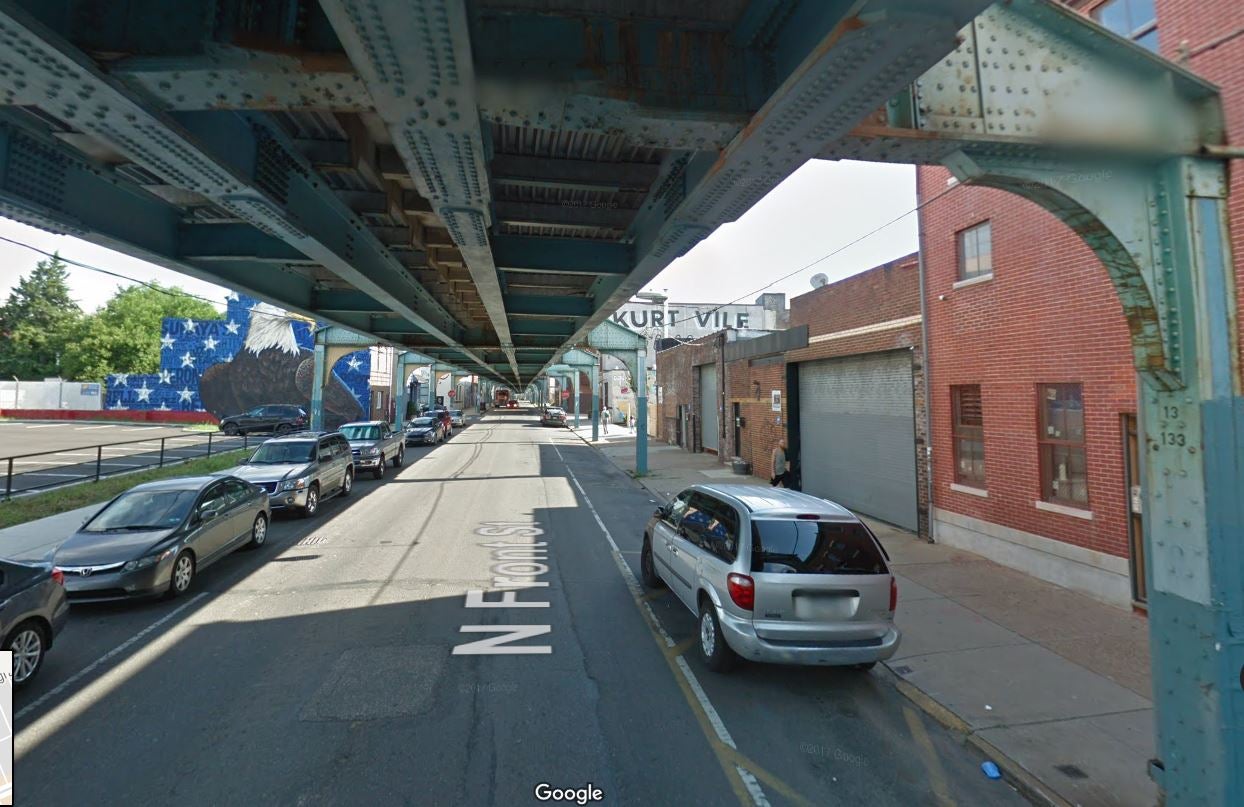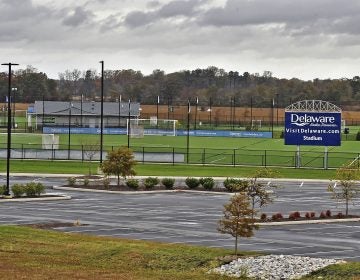81 new tax-free sites OK’d by City Council committee

City Council’s Finance Committee has quickly and quietly approved a bill that would create 81 separately listed, tax-free Keystone Opportunity Zones (KOZs), many of them covering multiple parcels, spanning a total of more than 93.7 acres.
The addresses range across the city, from a couple in the Far Northeast on the Bucks County border, to the old Hyundai-Rotem train-assembly factory in South Philadelphia, to a parcel in Callowhill that once hosted a beer garden. But the vast majority of the sites are in Kensington and Fishtown, chiefly along major commercial corridors such as Front Street and Frankford Avenue.
After the brief committee hearing Wednesday morning, Duane Bumb of the city Commerce Department told PlanPhilly that the fresh wave of KOZ designations is meant as an incentive for commercial development in these booming sections of Philadelphia.
“In lots of neighborhoods that are becoming more active, the bulk of that activity is in residential [development],” Bumb said. “We are looking specifically at a capacity for commercial or industrial development… large sites that are viable for commercial will need more than just the city’s 10-year tax abatement.”
The expansion of KOZs is about creating more jobs, Bumb said, which would boost revenues from the city’s wage tax.
Keystone Opportunity Zone designation, which must be targeted to land considered vacant or underutilized, exempts a property’s owner for 10 years from local real estate taxes, as well as the use and occupancy tax, the sales and use tax, and the business income and receipts tax. At the state level, KOZs are exempted from the sales and use tax and the corporate income tax. After the 10-year period, KOZ status can be renewed.
Critics of the program, created in 1999 under Republican Gov. Tom Ridge, say it is too widely applied and does not need to be used in areas such as Fishtown, Center City, or University City that are seeing a sustained surge of investment.
Councilwoman-at-large Helen Gym speaks frequently about reforming the city’s tax-break incentives and historically votes against KOZ expansion legislation. After the Finance Committee’s action Wednesday, Gym, who does not sit on the panel, said, “KOZs are not meant to be given out like candy. It doesn’t make sense to have all these properties in rapidly developing areas as Keystone Opportunity Zones. These are meant for the pioneers who chose to go into highly undeveloped areas and take a big risk.”
Bumb argued, however, that the newly proposed locations are exactly the kind of projects the program was designed to foster. Many are parcels already being assembled by a developer or are actively being marketed, which is why so many of the addresses in the measure are adjacent to one another, he said.
“This is where we think the KOZ program can be most impactful,” said Bumb.
The KOZ program has also been extensively marketed to Amazon — the sites considered potential locations for a second headquarters for the retail/tech giant were established as KOZs last year. Last week, City Council amended Council President Darrell Clarke’s construction tax to specify that those locations would be exempt from the potential new levy, because the enabling KOZ legislation does not take note of construction-tax exemptions.
Many academics and other observers have voiced doubt about the impact of the Keystone Opportunity Zone program and other tax breaks designed to lure businesses to a particular city or state. They argue that government is often just needlessly subsidizing development that would have occurred anyway, and that the hidden costs of the programs are steep, even as essential public services are underfunded.
“These days, more commercial corridors seem to be exhibiting development potential without the need for generous subsidies,” said John Kromer, who was director of housing under Mayor Ed Rendell. “So limiting future KOZ actions to industrial sites and evaluating job creation potential on a case-by-case basis might make the most sense.”
The new list of KOZ sites still must be approved by the full City Council and the school district, and then submitted to the state by Oct. 1.
WHYY is your source for fact-based, in-depth journalism and information. As a nonprofit organization, we rely on financial support from readers like you. Please give today.







